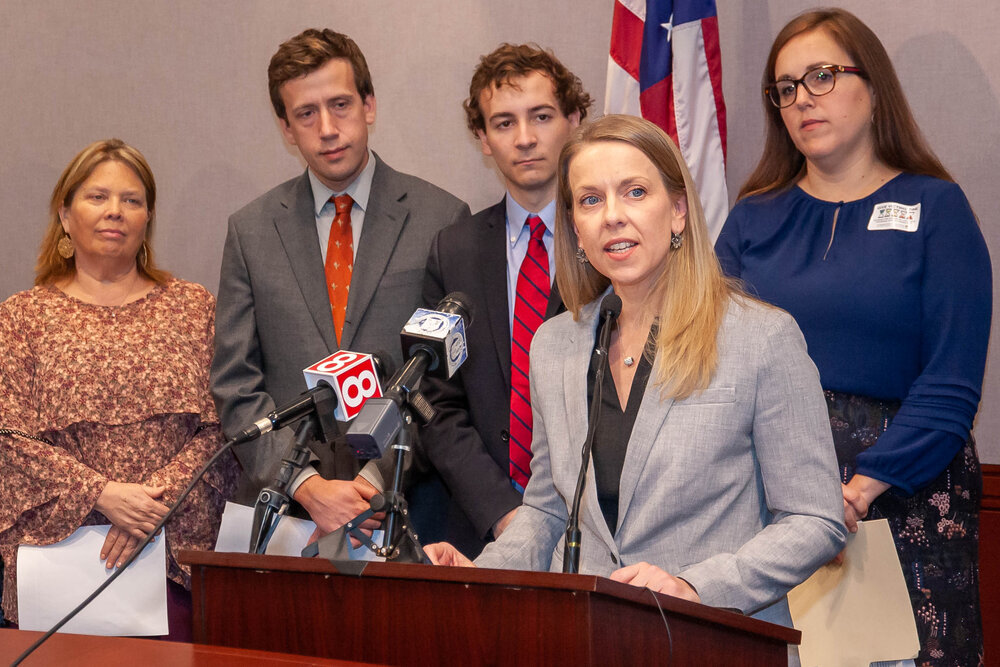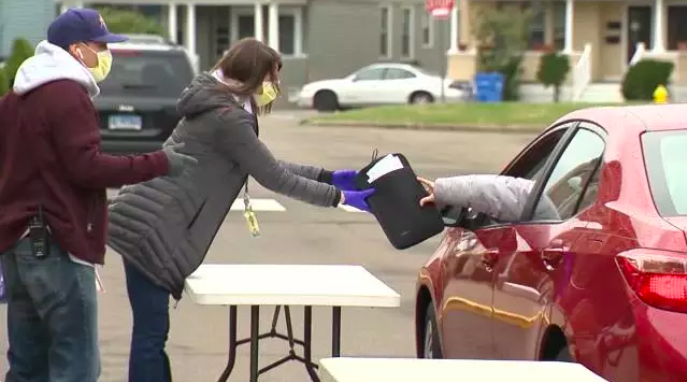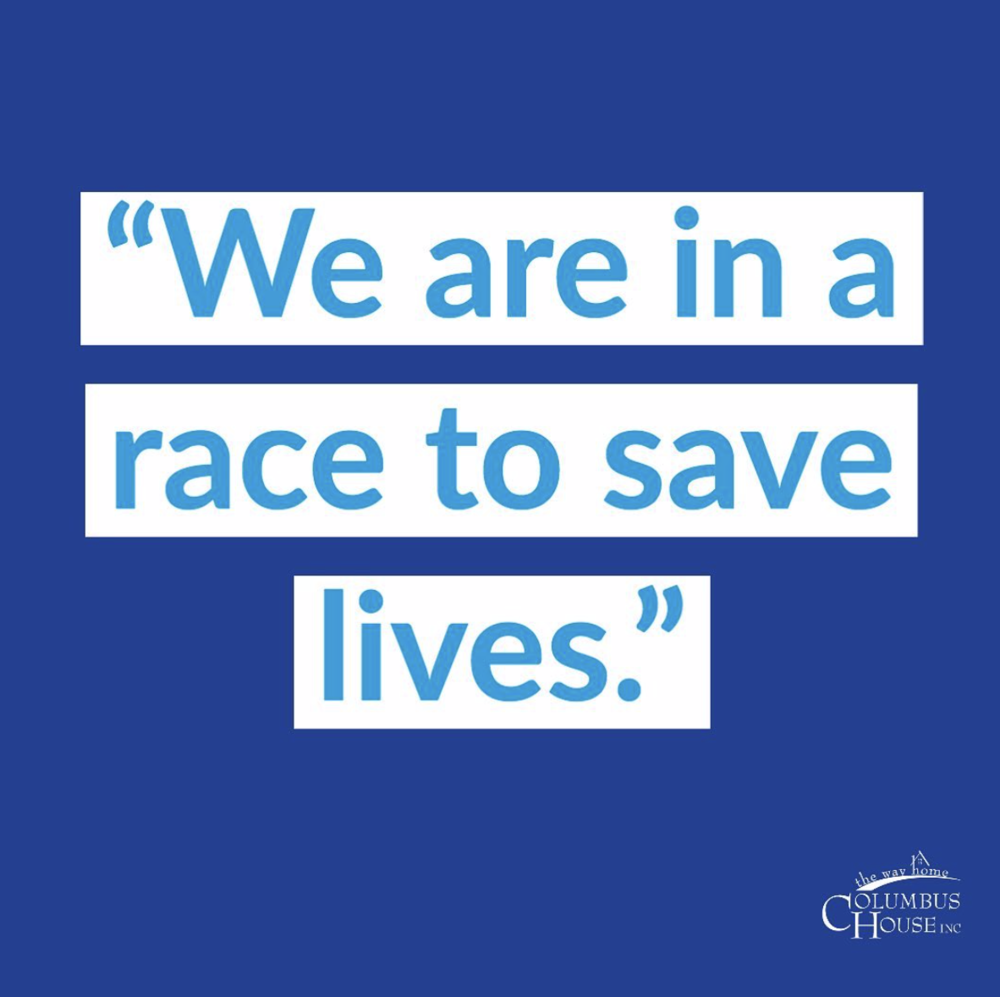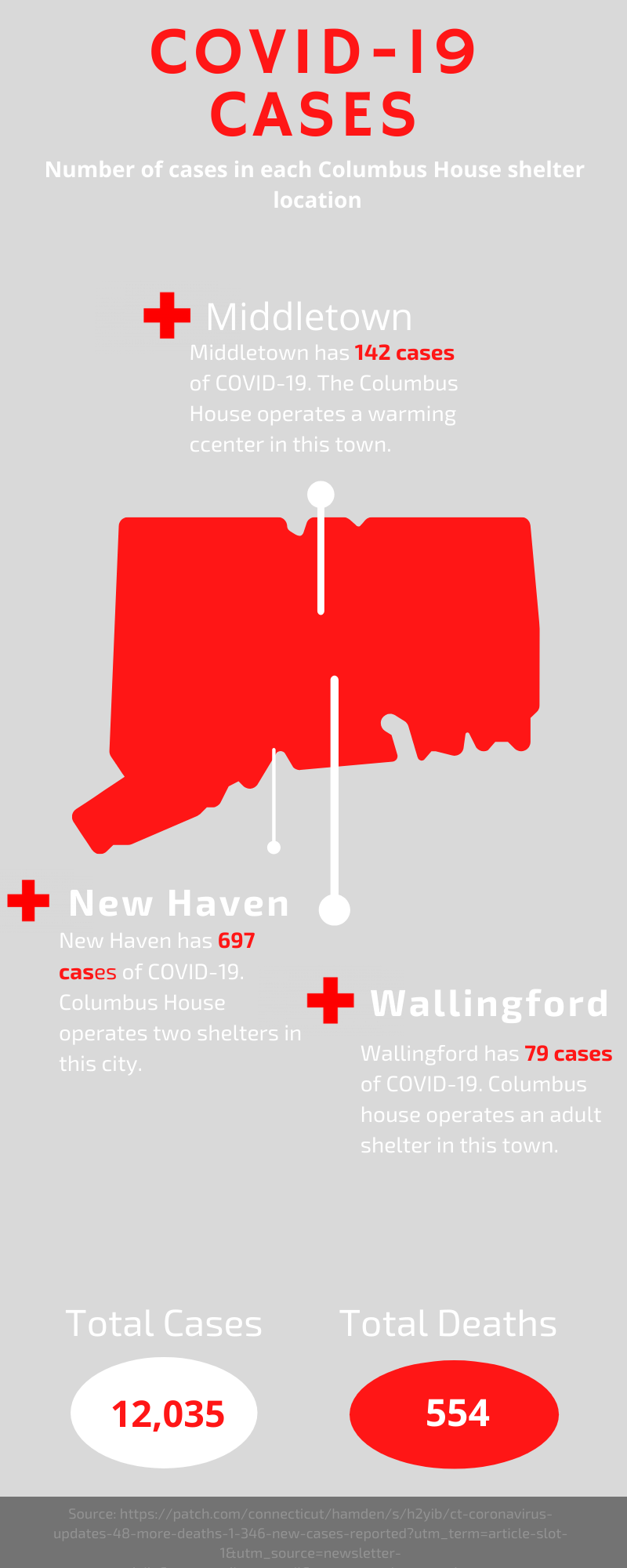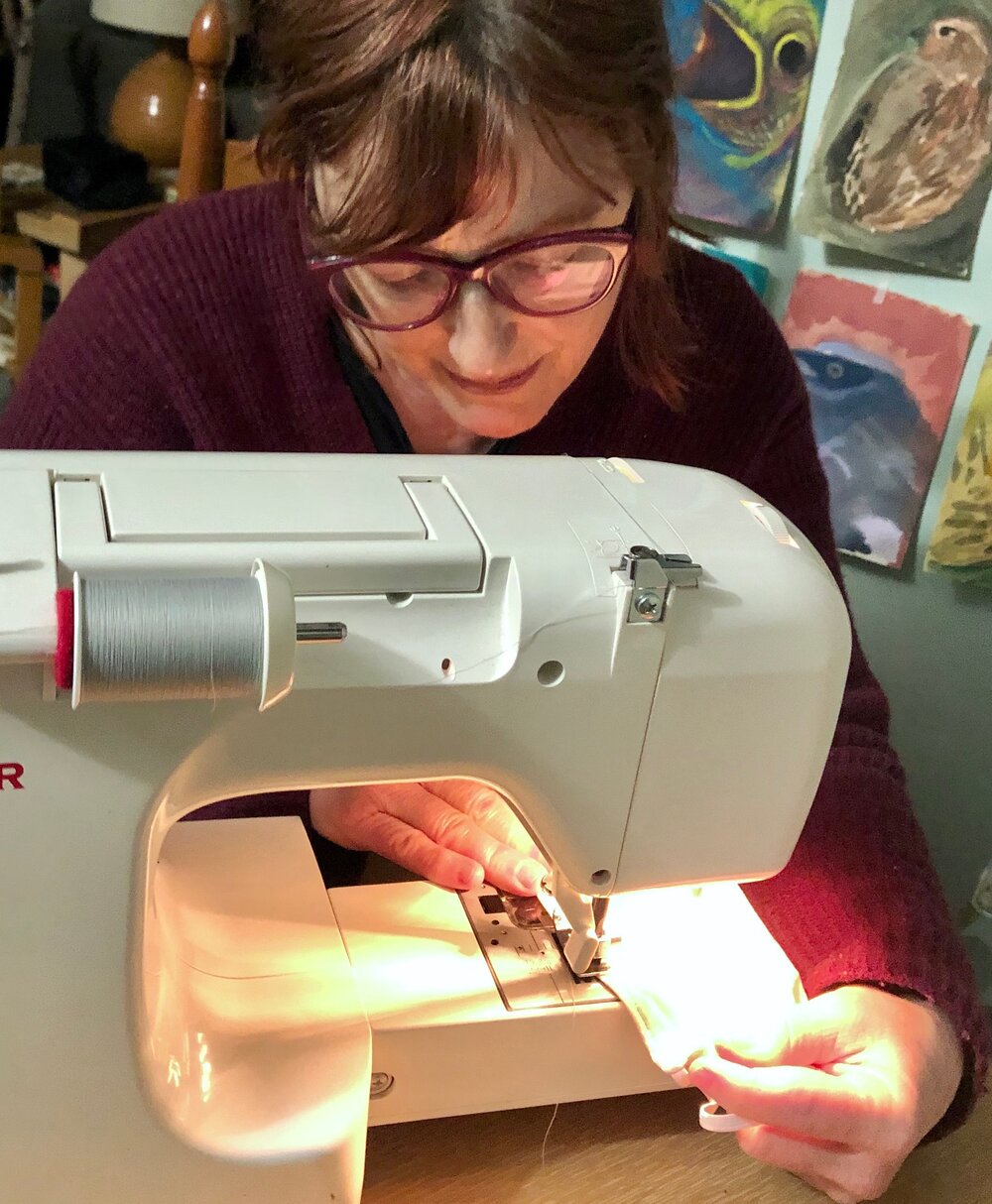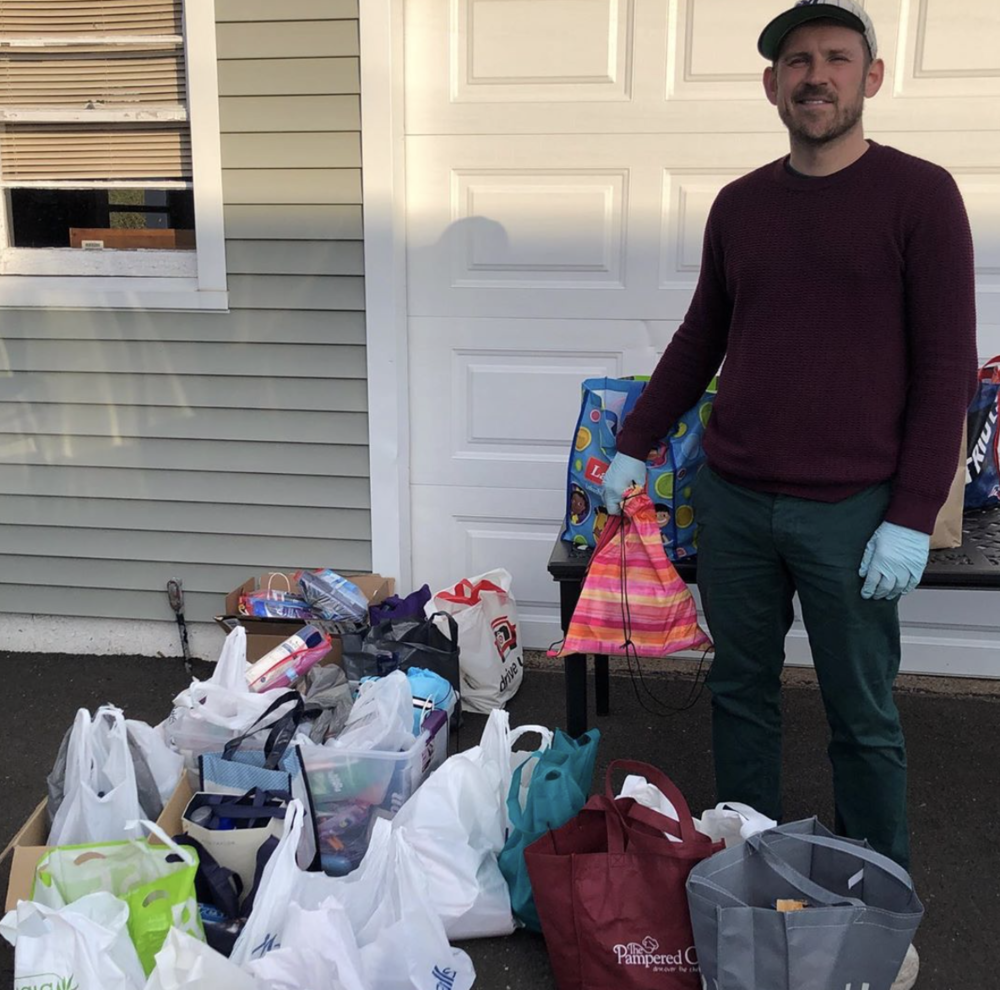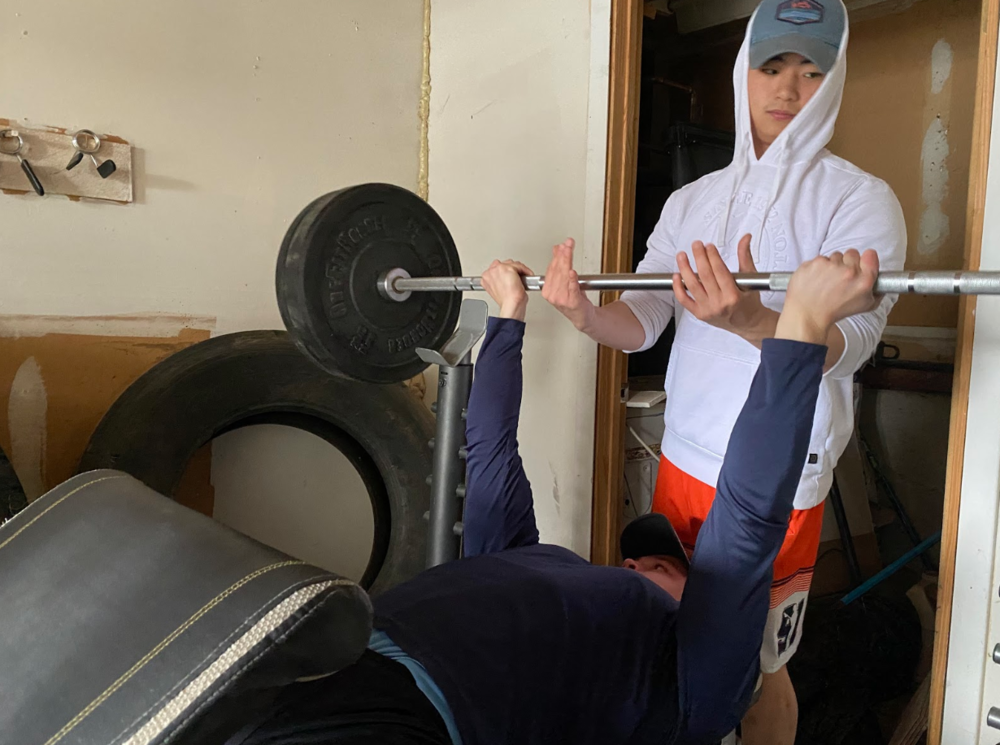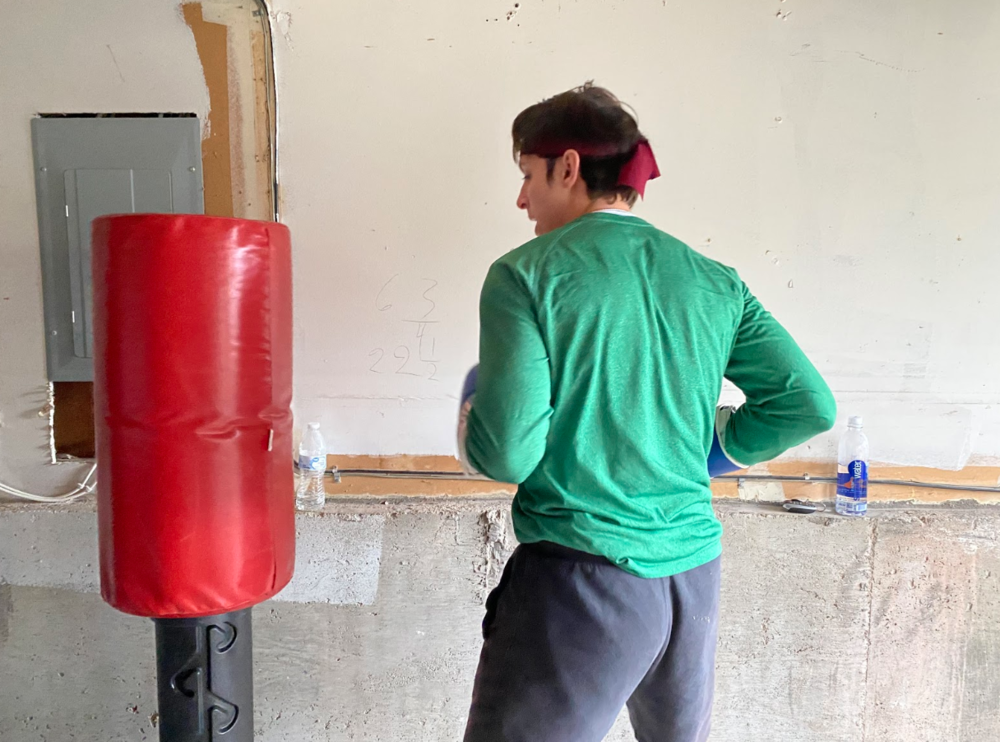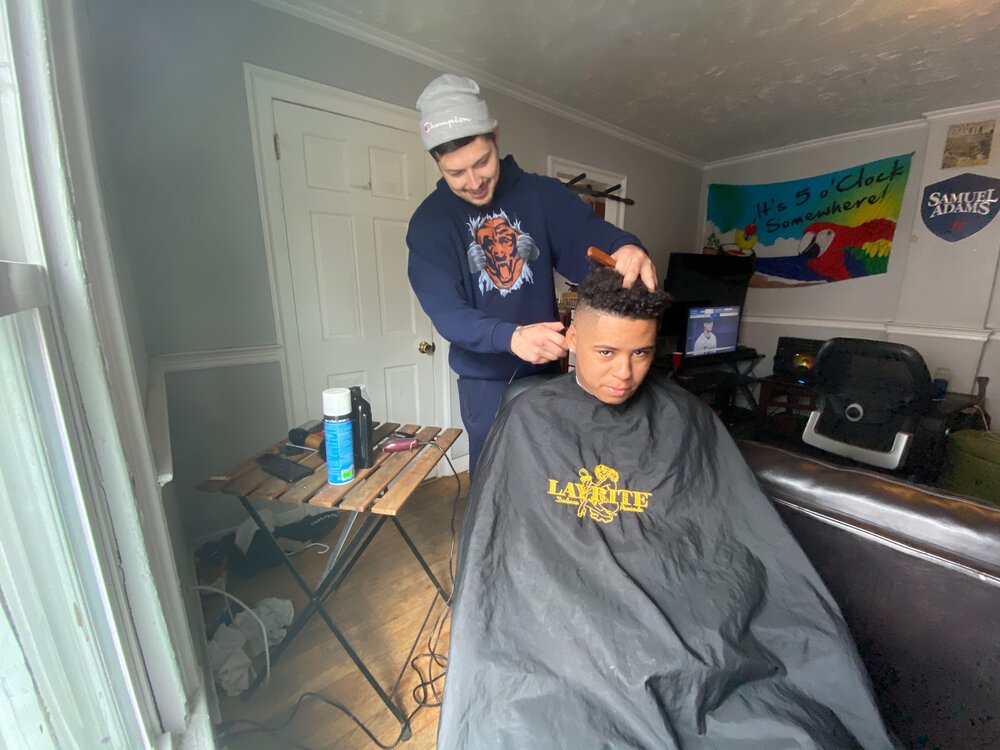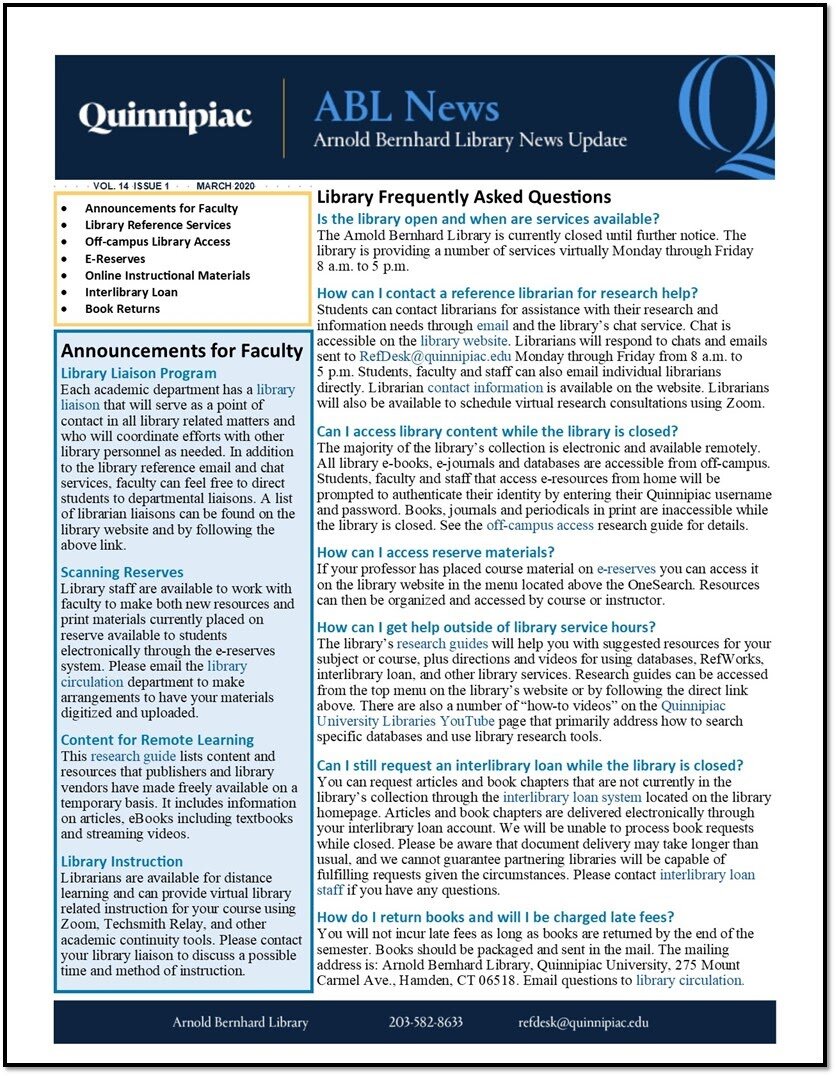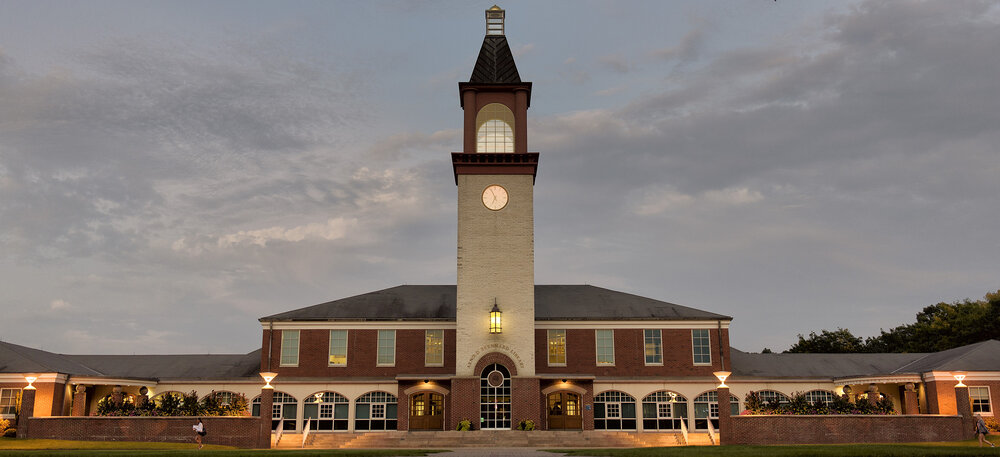The COVID-19 epidemic has effectively taken over the world as we know it. For many working in the live-music industry, they are now thrown into the unknown with no timetable as to when normalcy will return.
“Blue Collar Man (Long Nights)”

Greg Diem performing at KJ Farrell’s in Bellmore, N.Y. | Photo by Matt Fede
Meet Greg Diem.
Diem is the lead guitarist for Long Island-based pop punk/alt-rock band Final Call and Quinnipiac Class of 2019 graduate, is in the same boat.
Final Call reaches out to venues via email and phone call, and was in talks for summer gigs when COVID-19 pandemic took over, according to Diem.
On top of that, having to social distance from his bandmates has restricted their ability to practice and write new music.
“It’s not as stressful as it is just annoying that we don’t really get to hang or play music together as much anymore,” Diem said. “Before this happened, we actually had a practice and were in the midst of writing a couple new songs, but now we haven’t been able to see each other in like a month probably now almost, and who knows (for) how long.”
Final Call has performed in numerous venues, performing both covers and originals which can be found on Spotify. “Farewell” has been added to several playlists including one created by Alt Press and has over 32,000 plays on Spotify.
John Franklin is a 23-year-old West Caldwell, N.J. native currently living in Quincy, Mass. and a member of Quinnipiac University’s Class of 2019. Franklin has performed standup comedy and musical concerts across Jersey, Connecticut and Massachusetts.
Franklin doesn’t have a manager. In addition to working full-time, he is also booking his own shows. Before the COVID-19 outbreak, it wasn’t that difficult to find places to perform in his hometown as there were places that he would frequent that would reach back out to him. Leaving home is where it became tricky.
“The real animal was moving up to Boston because I don’t know anything about the music scene in Massachusetts,” Franklin said. “I immediately, you start emailing, calling, texting; going to bars and sitting there, going to venues and sitting there just taking your lumps and being like, ‘hey I’m a musician, I’m looking for a place to play.’”
Franklin has performed numerous covers during his shows, including Van Morrison’s “Brown Eyed Girl” and “Valerie” by The Zutons. He also performs originals which can be found on Spotify.
Franklin was essentially starting from scratch after his move to Mass., and COVID-19 isn’t doing him any favors.
“A Hard Day’s Night”
The effect COVID-19 is having on the music industry stretches further than the performers. TinyOak Booking is a booking group run solely by Heather Timmons, located in Boston, Mass.
Timmons is the only employee, so she hasn’t had to have the tough conversation of laying somebody off as many other companies have had to do. However, she is still feeling the sting from the shutdowns.
With no shows, Timmons hasn’t had any income since early March. To combat the loss of income, she’s had to get creative.

TinyOak Booking merch from its website.
“I just launched a t-shirt preorder,” Timmons said. “Once people have ordered, that’s how I will be hopefully making some money.”
Holly Berlin is the owner and proprietor of Singers Karaoke Club in Syracuse, N.Y. Like Timmons, Berlin and her 13 employees are now unemployed. While she has funds in the bank to support Singers, if the shutdown lasts longer than five months, she would have to close down permanently.
But even if Singers is able to reopen before the five-month mark, there is fear that the damage caused by COVID-19 will be detrimental to the karaoke club beyond the shutdowns.
“I am trying to be positive, but I fear that this will have a lasting effect on my business even if we are able to re-open,” Berlin said via email. “We are a karaoke club so people are using microphones every minute that we are open. I am worried that people won’t want to use a microphone after someone else, even if we were to spray it with Lysol after every use.”
The natural codependency between artist, venue and agent isn’t lost on Franklin.
“It’s a trickle down effect,” Franklin said. “I’ll never stop being able to play music, right, but without musicians, those places lose a ton of business.”
“Moneytalks”
With people being encouraged to stay in their homes, the economy has taken a hit.
“(COVID-19) brought everything to a halt,” said Chris Ball, director of the Central European Institute and associate professor of economics at Quinnipiac University. “There’s sort of two effects. One on the demand side, people quit going out and buying certain things… people just carefully go out, purchase things on stores that cut back the demand side.
While there is a great effect on the demand side, Ball feels that the greater effect comes on the supply side.
“Probably the bigger effect is actually on the supply side where everybody’s told to stay home,” Ball said. “So that cuts back the labor to all of the businesses which means they can’t make as much stuff, which means businesses can’t sell things, which means they can’t earn money, which means they can’t pay their employees. So it’s a vicious cycle that cuts back on both the demand and the supply side of the market at once.”
While performers can’t perform in person for their fans anymore, they’ve gotten creative with figuring out ways to entertain their fans. Many utilize Instagram Live to put on shows from the comfort of their own homes.
Despite this switch in venue, Franklin doesn’t think that it will have a long-term impact and deter performers from going out on tour once normalcy returns.
“The thrill of performing in front of a crowd, whether it’s three people, 300 people or 3 million people far outweighs seeing a number on a screen and only seeing yourself,” Franklin said. “It’s not like a regular industry where like these jobs are gonna realize who’s essential and non essential… the future of music will always need crowds.”

Interior still shot of Singers taken from a video by Wasim Ahmad
Acts don’t just get booked because they’re available for a date. A lot of research goes into whether having a certain act perform will be beneficial for the venue. Now that a lot of artists are taking their talents to social media, it is more valuable than ever for researching bands.
The venue can see how many likes a performer is getting on Facebook, how many followers they have on Instagram and Twitter and how many views they’re getting on YouTube. However, that’s not the only aspect venues look at.
“There’s a lot of different ways you research the band,” said Brian Phelps, owner of Toad’s Place in New Haven. “Some of the bands have been through in the past and so you have some history with them. So you can look at that and see what they’ve done since the last time they came through.”

Stage-view at Toad’s Place in New Haven | Photo by Sean Raggio
Another way is to see if radio stations have been playing their music.
When Toad’s Place isn’t holding concerts, it’s a club for those in the Greater New Haven area and beyond. Quinnipiac senior business management major Steven McAvoy has been to Toad’s both as a club and for a show and he appreciates its familiarity on both occasions.
“I’ve been to concerts in New York City, a lot like some, like the Highland Ballroom, other places like that,” McAvoy said. “…it’s kind of like mosh pit seating where it’s you all just kind of file in and you do it. I love that.”
“Move Along”
So what needs to happen to get music fans, like Steve, and artists like John and Greg back to what they love?
Director of the Bandier Program for the Recording and Entertainment Industries at Syracuse and former editorial director for Billboard, Bill Werde, can see three things happening over the next 12 months that can shed light as to when normalcy will return.
“One, we’re going to develop a lot more clarity about this virus, and when, from a health perspective, it’s going to be safe to gather in large groups again,” Werde said. “Two, we’re gonna have a lot more data about the economy… is it going to be able to afford people disposable income so they can go to concerts and continue to pay for streaming music. Three, the presidential election which could deeply affect both of those first two items.”
While it’s unknown when things will start to head back to normal, “normal” will not exactly be what it used to be.
“I think that parts of this year will return to normalcy, but I don’t think it will ever be completely normal this year,” Timmons said. “I think shows will resume, and places will reopen, and things will be happening, but it won’t be in the same way as before.”
One of the biggest factors is how long quarantine is in effect. Once people can return to work, the economy will start to balance out and with less people isolating, the live-music scene can get back up and running.
“I expect by fall, if people are pretty much back to normal, most businesses will be up and running pretty well and we should look mostly like our normal autonomy,” Ball said. “I don’t think we’ll stay in this bad recession, in this very bad situation more than another couple of weeks.”

Final Call performing. | Photo by Matt Fede
Despite having to halt plans for summer shows, Diem is optimistic about Final Call being able to get back on stage at the tail-end of summer and into the fall. When the music industry gets knocked down, it doesn’t stay down for long, according to Werde.
“The good news is everything bounces back,” Werde said. “The culture’s a pendulum, and it’s always swinging.”

